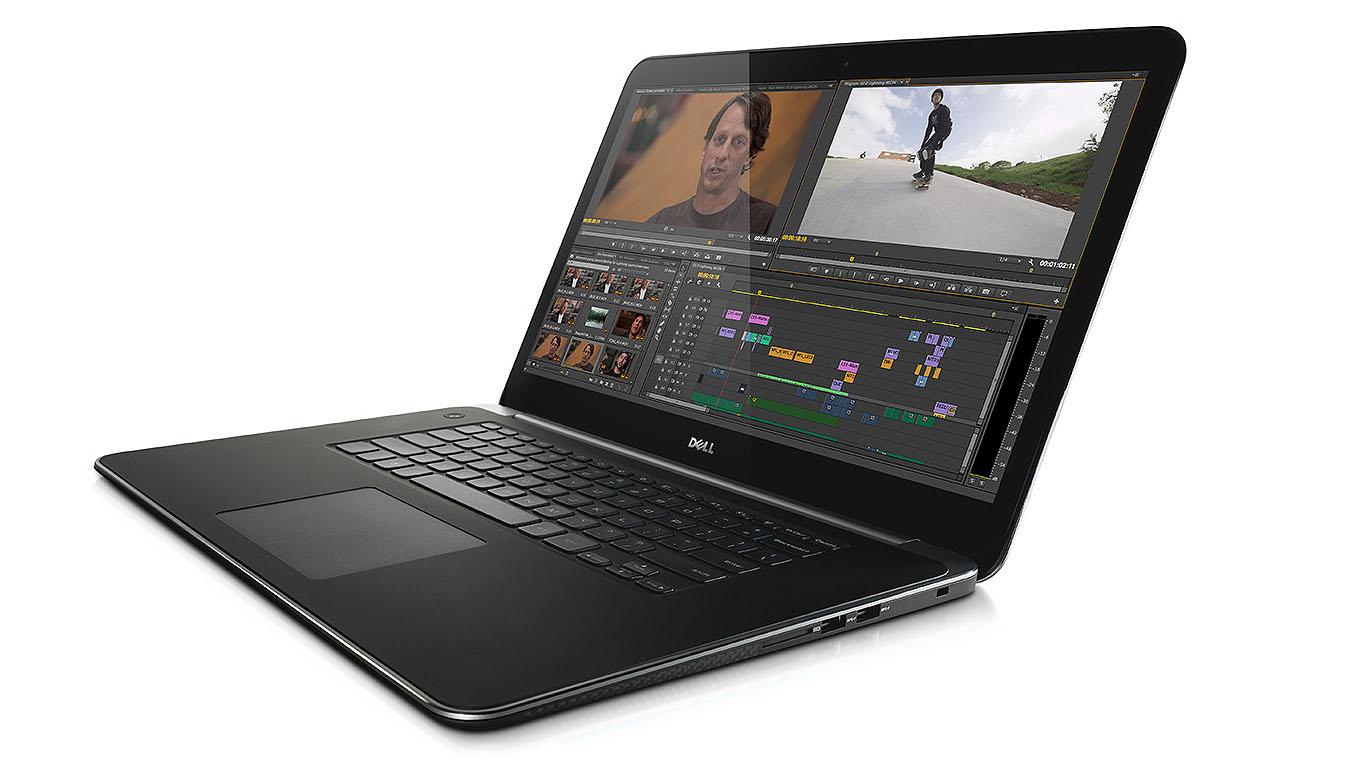TechRadar Verdict
If you can live with its quirks, the M3800 is still one of the best Windows laptops available and something we truly enjoyed using.
Pros
- +
Superb CPU performance
- +
Superb graphics performance
- +
Thin-and-light design
- +
High-DPI QHD+ display
- +
SSD, 802.11ac wireless networking
Cons
- -
Software sometimes doesn't work well on high-DPI screens
- -
Poor battery life
- -
No ethernet port or optical drive
Why you can trust TechRadar
The promise of using an Ultrabook-sized computer for serious design work has never really come to fruition, because until recently, mobile workstations have been a compromise between portability and performance.
If you want a high-end laptop, capable of running processor-intensive software about as well as a desktop can, then you can expect it'll be heavy like the Lenovo ThinkPad T440S.
Alternatively you could opt for a more lightweight machine, but that also means a lightweight graphics card, processor or both, as with any number of Ultrabooks like the Toshiba Satellite U50T.
That's why the Dell Precision M3800 is so special. It's exceptionally powerful and particularly portable, squeezing a Haswell-based Intel Core i7 processor, an Nvidia Quadro graphics card, up to 16GB of memory and both an SSD and hard disk into a chassis that's just 18mm thick and weighs 1.8kg.
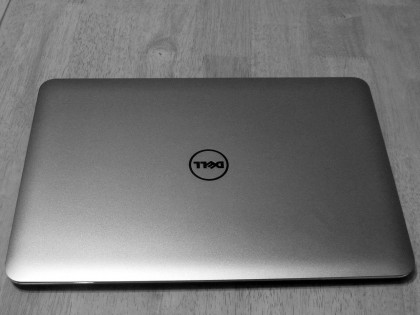
What's more, the high-end M3800 variants come with a 3200x1800 QHD+ display, a resolution with higher pixels-per-inch (PPI) than Apple's MacBook Pro with Retina Display. At super-high resolutions like this, text and graphics are rendered with a noticeable crispness that makes rich content such as web pages look stunning. To cap it off, the 15.6-inch glossy screen is 10-point multi-touch capable too.
And as a further endorsement, the M3800 looks fantastic. The slim design complements the silver-grey aluminium cover, with precisely cut curves and edges that give the laptop an unmistakably professional look, but certainly not a dull one. A rubbery material surrounds the keyboard, which is exceptionally comfortable when typing, but may not stand up well to rough use.

The keyboard is chiclet-style, with well-sized keys for accurate typing. There's a giant trackpad, which can be tapped or clicked, but no physical buttons. With Dell's own software loaded in the System Tray, the trackpad can recognise multi-touch gestures, so dragging two fingers down scrolls through a web page.
Sign up to the TechRadar Pro newsletter to get all the top news, opinion, features and guidance your business needs to succeed!
Dell's site offers surprisingly few customisation options. All M3800 variants come with a 2.2GHz Core i7 4702HQ quad-core processor, which runs at 3.2GHz in Turbo mode and Quadro K1100M graphics card with 2GB of memory, which goes alongside the integrated Intel HD 4600. Likewise, all models come with a built-in twin-antenna Intel 802.11ac wireless adaptor.
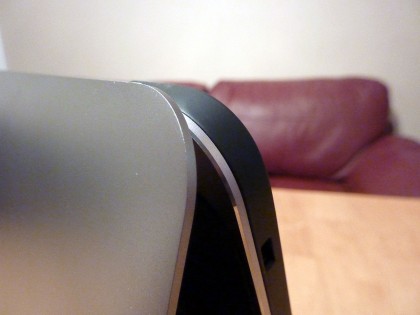
The M3800 we reviewed came with a 256GB LiteOn SSD, and a 500GB hybrid hard disk, which combines a small amount of flash memory with a conventional disk for speedy access times. A 512GB SSD is available in the most high-end model.
If you opt for a less-expensive M3800, you get a 1080p-resolution display rather than the QHD+ one, as well as less memory, and only a hard disk without the SSD.
At the top of the screen is a 720p webcam, plus two microphones for stereo audio. To our ears, the speaker quality is great for a laptop, but as ever an external sound system is recommended for serious music enjoyment.

What you won't find is an optical drive or Ethernet port. If you want wired networking, Dell has included a USB-to-Ethernet cable in the accessories box, while the Windows 8.1 recovery files are on a USB stick. Given the M3800's thin design, there is a generous selection of ports at the side. There's HDMI 1.4 and DisplayPort video output, three USB 3 ports, a USB 2 port and a card reader.
Performance
You might think desktop performance from a slim laptop is an exaggeration, but that's just about what Intel's top-end Haswell mobile processors can manage. CPU benchmark results were within 10 percent of those measured on a desktop computer with Intel's 3.5GHz Core i7 3770k for comparison. The M3800 scores 6.36 in Cinebench 11.5, not far off the desktop's 6.8. In 3DS Max, a detailed render that took just over 20 minutes on the desktop took 22 minutes on the Dell M3800. A great result.
The specification of the Quadro K1100M closely matches Nvidia's slightly older mid-range K2000M mobile GPU. One of the big differences with the newer card is a 45W power consumption, compared with 55W before, making it easier for Dell to squeeze into the M3800's thin chassis.
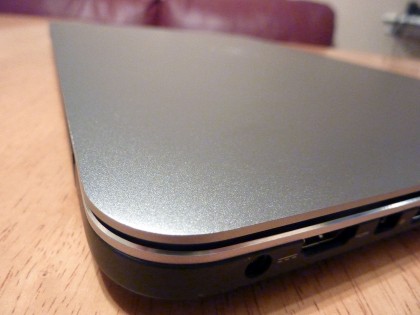
In tests this card performed very well, with 42.14 fps in the Cinebench OpenGL test and a 3DMark Vantage score of p8170, far better than most laptops of this size. In professional graphics benchmark SPECviewperf 11, it's outclassed by Nvidia's beefier Quadro K3000M and above GPUs.
But these cards draw more power and require additional cooling, meaning their inclusion would have necessitated a larger chassis. The Quadro supports Cuda as well, so Cuda-accelerated software such as Adobe After Effects should receive a further performance boost with the card when enabled.
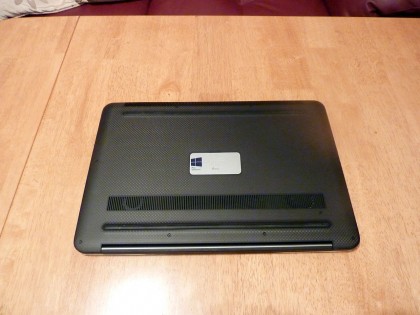
The Intel 7260 wireless adaptor didn't fair so well. Tested with a Western Digital AC1300 wireless router, we measured 38MB/s transfer rates, from a distance of one metre. Reasonable, but 802.11ac can be quicker than that, when used with a three-antenna receiver.
Likewise, the MSATA SSD didn't produce record-breaking transfer rates. 436MB/s read and 384MB/s write speeds are alright, but from its 4KQD32 write speeds in CrystalDiskMark, we calculated the SSD offers 70,000 IOPS. Not as high as Samsung's high-end Evo drives, for example.
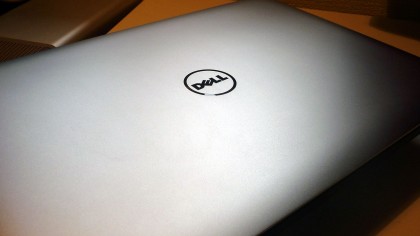
But despite less-than-perfect wireless and storage speeds, the M3800's hardware is tantalisingly attractive. Although there are no expansion bays, you can easily add a new SSD or upgrade the hard disk by undoing some Torx screws on the carbon-fibre base. The combination of excellent performance, high-DPI display and thin design are one of the best in a Windows laptop. Except for a few problems.
For text and graphics to appear at normal sizes on the exceptionally high resolution QHD+ display, they need to be drawn at a higher DPI than on lower resolutions, In Modern UI, this all happens automatically, and in Windows 8.1, the DPI is automatically set, so all title bars, menus and text on the Windows desktop look normal.

But load some third-party software and there's a high chance the fonts and graphics will be so small, the application will be unusable.
Adobe CS6 and Creative Cloud applications are one notable example. The menu titles are unreadable and each icon occupies less than a millimetre of screen space. There are plenty of other examples that cropped up during testing, and it will take a while before the issue is fully addressed by Microsoft and software vendors.
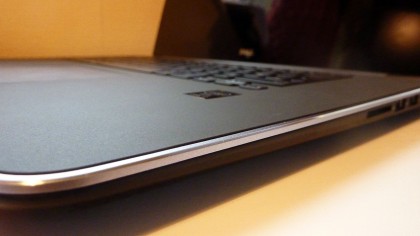
This is hugely disappointing, given that the M3800's performance is just the sort of thing graphic designers want from a portable system. Lowering the desktop resolution is one solution, which renders the high-DPI display pointless, and while you could opt for the cheaper 1080p model instead, the variants available on Dell's site don't offer all the bells and whistles of those that come equipped with the models sporting a QHD+ display.
The other problem is battery life. An estimated two hours, nine minutes in PCMark08 is pretty weak, and a video playback test with Avatar in VLC saw the battery conk out after two hours 58 minutes, right when the end credits began.
Verdict
The Dell Precision M3800 is a great laptop with superb desktop-like processor performance, a powerful GPU and a truly gorgeous thin-and-light design that we think has a real edge over the majority of laptops on the market today. Although there are more powerful laptops with faster graphics cards, these are much bigger and heavier, necessary due to the cooling and energy requirements of hefty GPUs.
We liked
The high-end quad-core Core i7 4702HQ processor is key to the impressive benchmark results clocked up by the M3800. The Nvidia Quadro K1100M is likewise a sturdy professional GPU that will run all types of 3D software and offer a helping hand when running intensive tasks with design tools that support Cuda.
Its sleek looks, tough build, thin frame and light weight all make the M3800 an attractive, desirable technology item that justifies its considerable price. It's handy, too, that the innards are relatively accessible, so users can perform limited upgrades.
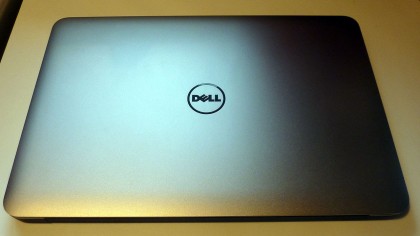
The keyboard is great for typing, and Dell should be commended for adding Mac-style gestures to the trackpad software.
Likewise the QHD+ display is beautiful, and removes even the slightest hint of any pixellation from text and graphics. At least, when software has been written to adhere to the DPI setting in Windows.
We disliked
The battery life was really bad, even with the Quadro disabled in Nvidia Control Panel. It stands to reason that thin, light and powerful is a combination that's tough to get right, and battery life was the sacrifice that Dell made to achieve the laptop's thin design.
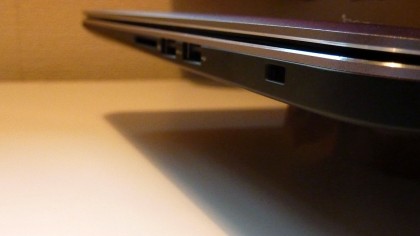
But the Windows DPI problem is a bigger issue that will currently affect any laptop with a display greater than 1080p. We hope the issue is sorted in Windows 9, and Microsoft talks with application vendors to ensure software looks right in every desktop resolution.
And while the lack of optical drive and Ethernet port is understandable, relying on external accessories means having to remember to pack them in a laptop bag when travelling.
Final Verdict
These problems prevent us from declaring the Dell Precision M3800 the last word in mobile workstations. They very much affect the overall experience of using it, and even if you don't regularly use software that refuses to play nicely with high-DPI displays, you'll still encounter the issue now and then.
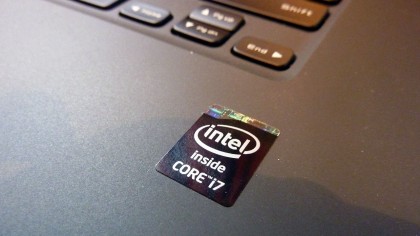
In all other respects though, the Dell Precision M3800 is brilliant. The only thin mobile workstation that rivals its performance, with a discrete graphics card, is the HP ZBook 14 although it's not as thin and only has a dual-core processor, not a quad-core.
If you can live with its quirks, the M3800 is still one of the best Windows laptops available and something we truly enjoyed using.
